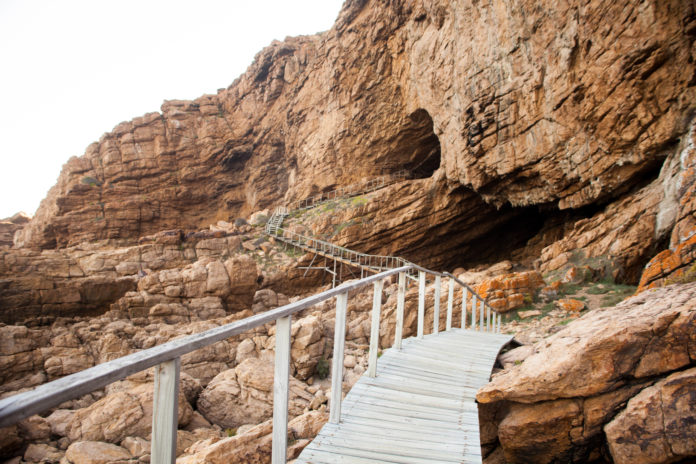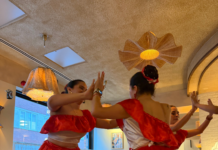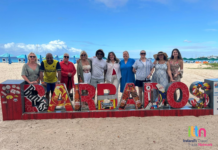
Two South African sites, each comprising multiple locations, have been named UNESCO World Heritage Sites at the 46th Session of the World Heritage Committee (WHC) held in New Delhi, India, from July 21-31, 2024.
This recognition affirms that these locations in South Africa hold “cultural and national heritage of outstanding value to humanity,” as stated by UNESCO.
This outstanding achievement highlights the incredibly rich historical and cultural background of South Africa. The sites join a list of only ten other sites across the country, including Robben Island, Maloti-Drakensberg Park, and the Cape Floral Region Protected Areas.
The first site, inscribed under the title “Human Rights, Liberation, and Reconciliation: Nelson Mandela Legacy Sites,” comprises 14 locations across the country. These include the Union Buildings in Pretoria (the official seat of government), The Sharpeville Sites (the location of the massacre of 69 people protesting the unjust Pass Laws), and The Great Place at Mqhekezweni, where Mandela lived as a young man.
The site also includes historically important locations such as Walter Sisulu Square in Soweto, where the Congress of the People met in 1955 to sign the Freedom Charter, and Constitution Hill in Johannesburg, where famous political activists, including Mahatma Gandhi and Winnie and Nelson Mandela, were imprisoned. Constitution Hill is now the seat of the Constitutional Court of South Africa.
The second site is inscribed under the title “The Emergence of Modern Human Behaviour: The Pleistocene Occupation Sites of South Africa,” and comprises three dispersed archaeological sites in the Western Cape and KwaZulu-Natal regions. The specified sites are Diepkloof Rock Shelter, Pinnacle Point Site Complex, and Sibhudu Cave, which “provide the most varied and best preserved record known of the development of modern human behaviour, reaching back as far as 162,000 years,” according to UNESCO.
Diepkloof Rock Shelter, Pinnacle Point Complex, and Sibhudu Cave are key sites forming part of The Cradle of Human Culture, an inter-provincial initiative aiming to inform the public of South Africa’s rich culture and heritage through a journey of discovery.
This initiative traces how Homo sapiens started to innovate culturally, socially, and behaviorally. Explore the Artists’ Route on the Cape West Coast (Weskus) to discover Diepkloof Rock Shelter alongside Rock Art in the Cederberg, West Coast Fossil Park, riel dancers, and !Khwa ttu San Culture & Education Centre. Alternatively, explore the Coastal Journey, which will take you on a journey to various coastal caves in the Cape Overberg and Garden Route regions, including Pinnacle Point Site Complex in Mossel Bay.
The initiative is now being expanded to KwaZulu-Natal. While Sibhudu Cave is not yet open to the public, the province is working to ensure that visitors can access it very soon.




